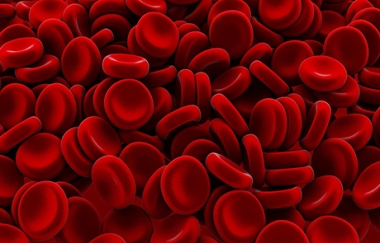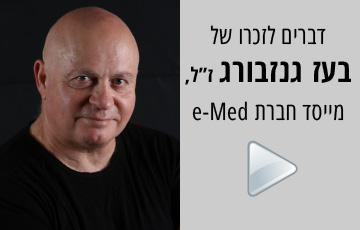PEDIATRICS Vol. 113 No. 2 February 2004, pp. 416-419 EXPERIENCE AND REASON
We evaluated whether the degree of cerebral palsy (CP) at age 3 in very preterm children is predictive of full-scale intelligence quotient (FSIQ) <70 at age 8 by calculating likelihood ratios (LRs) for findings on the neurologic examination.
Data from the follow-up phase of the Indomethacin Intraventricular Hemorrhage Prevention Trial, which includes periodic neurologic examination and neuropsychometric testing, were used. Information was available on 366 of 440 (83%) children with birth weight of 600 to 1250 g who survived.
Neurologic examination at age 3 was grouped by presence and type of CP, and the Weschler Intelligence Scale for ChildrenThird Edition FSIQ at age 8 was grouped dichotomously (<70 or 70).
CP was identified in 35 of 366 3-year-olds (9.5%). An FSIQ <70 was identified in 47 of 366 children at 8 years old (12.8%). FSIQ <70 occurred in 14 of 17 children with tri- or quadriplegia (82%), 8 of 18 children with di- or hemiplegia (44%), and 25 of 331 children without CP (7.5%). Useful LRs were calculated for tri- or quadriplegia (30), di- or hemiplegia (5.7), and children without CP (0.55).
These LRs have greater impact on posttest odds for FSIQ <70 than those for birth weight <1000 g, history of bronchopulmonary dysplasia, and Stanford-Binet Intelligence Score <70 at age 3.
We conclude that the neurologic examination at 3 years old predicts FSIQ <70 at age 8 with LRs that allow evidence-based parental counseling and intervention planning.
Michael D. Pleacher, MD*, Betty R. Vohr, MD**, Karol H. Katz, MS***, Laura R. Ment, MD*** and Walter C. Allan, MD*
* Department of Pediatrics, Division of Pediatric Neurology, Maine Medical Center, Portland, Maine
** Department of Pediatrics, Brown University Medical School, Providence, Rhode Island
***Departments of Pediatrics, Neurology, Neurosurgery, Epidemiology, and Public Health, Yale University School of Medicine, New Haven, Connecticut
<!– PEDIATRICS (ISSN 1098-4275). Copyright ©2004 by the American Academy of Pediatrics –>



















השאירו תגובה
רוצה להצטרף לדיון?תרגישו חופשי לתרום!